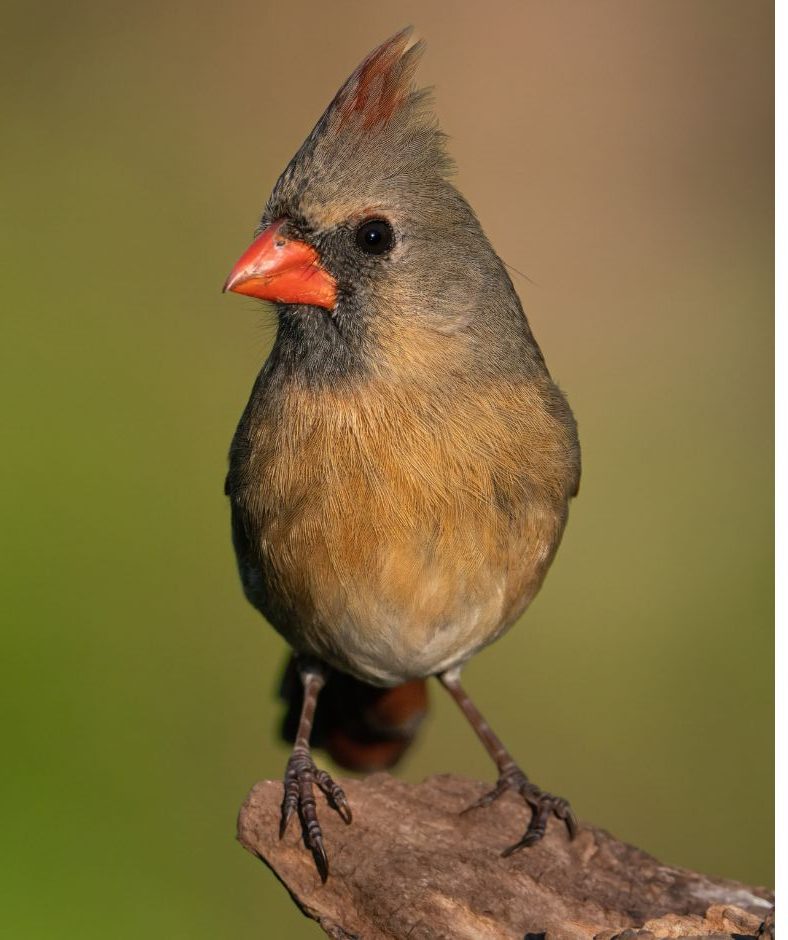It seems overnight our yards and woods have come to life with the flitting of the Northern Cardinals, but the truth be told, they have been here all year! This eye-catching songbirds are abundant in the southeast. According to the North American Breeding Bird Survey their numbers continue to increase 0.32% per year since 1966, with an estimated 130 million global breeding population.

History
The Northern Cardinal is not new to the bird scene. With the males sporting vibrant red plumage they caught the eye of founding colonists. In seeing they had similar red colors to the biretta and robes of the Catholic cardinals the early settlers gave them their name—The Cardinal.
Identification
While the males are the noticeable bright red color, the females are a light brown bird with a reddish crest, wing, and tail. These non-migratory birds can be seen year-round in the Southwest, Midwest and Eastern parts of the U.S.

Habitat
Living in dense shrubby areas, along wood lines and in regrowth the North Cardinal enjoys hopping through low branches and forage along the ground. They commonly sing and preen on higher branches. Interesting most female songbirds do not sing, but female Cardinal does. They are granivorous animals, meaning they mainly consume seeds, nuts, shells, and hulls, but they also enjoy some fruits and grasses.
Reproduction
Cardinals are monogamous birds, however nearly 20% of the pairs will split up by the next season and being searching for a new mate. Early spring marks the kick-off to mating season and it lasts into September, with each mating pair having one or two broods a year. After mating in the spring, the female can lay eggs continuously over the course of the season with the sperm being available in the female’s chambers for an extended period. Typically, the clutch size is between 2-5 eggs and are incubated 11-13 days before the 7-13 day nestling period after which the chicks are ready to leave the nest as fledglings. They will come and go from the nest for the next two weeks, before leaving for good. The adolescent birds will then stay with their parents (but not in the nest) for the next 40 days before they leave to find their own territories.
As we make our way into spring take time to enjoy the Northern Cardinals that have likely been your neighbors all year.
- The Northern Cardinal - January 26, 2024
- CWD Update: New Regulations for Hunting Season - October 13, 2023
- Hunters Safety Course May 6th - April 14, 2023
